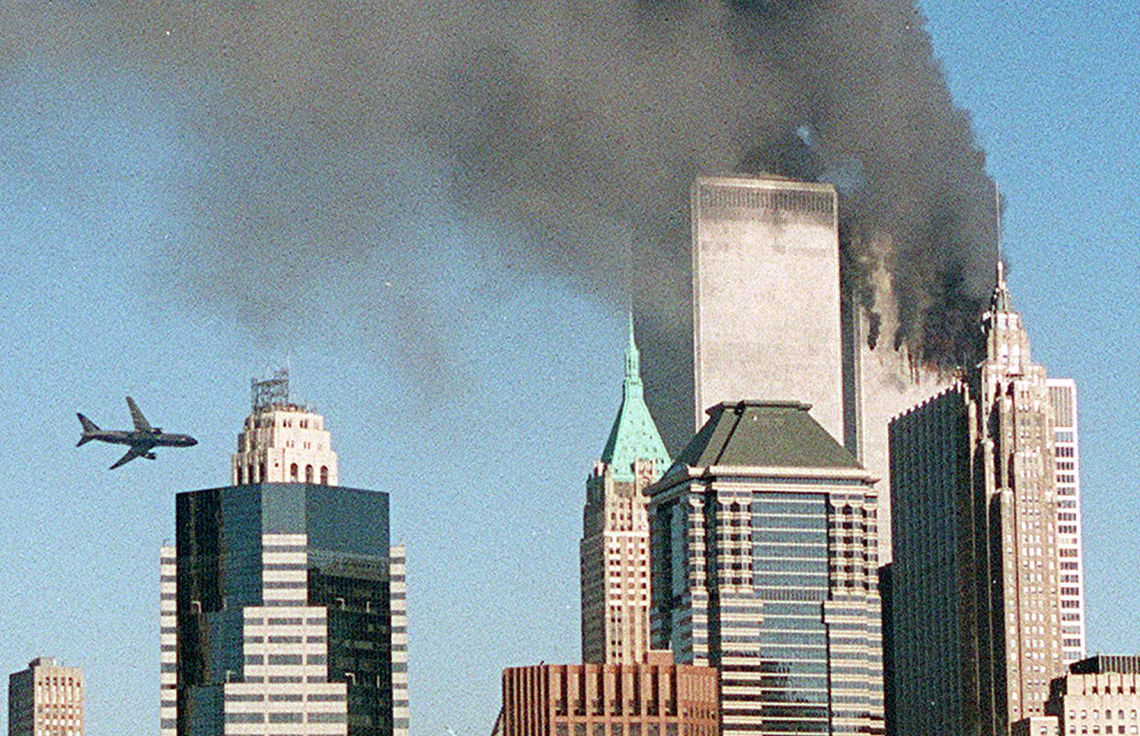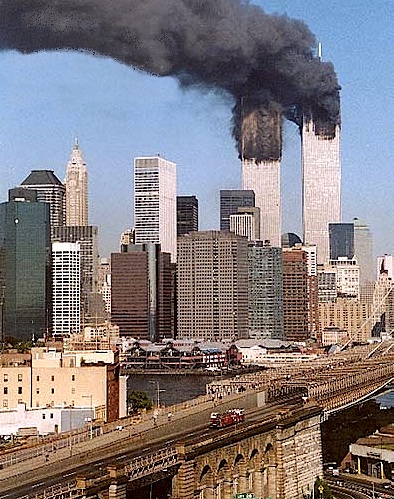Have you ever found yourself flipping channels, catching a glimpse of a heart-stopping rescue, and wondering if you're watching the original 911 or its Texas-sized sibling, 911: Lone Star? It's a pretty common question, as a matter of fact, for fans of emergency services stories. These two television programs, while sharing a name and a creator, offer distinct experiences for their viewers. They both pull you into the high-stakes world of first responders, but they do it in their own unique ways.
Many folks who enjoy these types of shows often think about what sets them apart. Is it the location, the people on the teams, or maybe just the overall feeling each one gives you? People often ask if one is better than the other, or if you need to watch one before the other. This article is going to look into what makes each program special, helping you figure out which one might just grab your attention more, or perhaps why you love both.
We'll talk about their beginnings, the places where the action happens, and the brave people who answer those urgent calls. So, if you're curious about the differences between 911 vs 911 Lone Star, or just want to chat about what makes a good emergency show, you've come to the right place. We'll also consider, you know, what makes one show stick with you more than the other, which is pretty interesting to think about.
Table of Contents
- Origins and Connections
- Different Settings, Different Vibes
- The People Who Make the Calls (Characters)
- Storytelling and Emotional Depth
- Production Style: Bringing Emergencies to Life
- Why One Might Resonate More
- Common Questions About the 911 Shows
Origins and Connections
The story of these two programs, 911 vs 911 Lone Star, starts with a shared creative vision. The original 911 program first hit screens in 2018, bringing a fresh perspective to emergency services. It quickly gathered a loyal following, drawing people in with its exciting rescues and the personal stories of the first responders. It was, in a way, a big hit right from the start, you know?
Given the success of the first program, it made sense to think about expanding the idea. That's how 911: Lone Star came about, premiering in 2020. It's not a direct continuation of the first story, but rather a companion program. It takes the same basic idea – focusing on firefighters, paramedics, and police – and moves it to a different part of the country. So, it's basically the same kind of show, just with a new setting and new people.
Some people often wonder if Lone Star is a spin-off. It is, in essence, a spin-off in the sense that it comes from the same creative team and shares a similar style. However, it tells its own independent stories with its own set of people. You don't actually need to have watched the original 911 to understand or enjoy Lone Star, which is pretty convenient for new viewers.
Different Settings, Different Vibes
One of the biggest things that sets these two shows apart, when you're thinking about 911 vs 911 Lone Star, is where they happen. The place a story is told can really change the feel of it, and that's definitely true here. Each city brings its own flavor to the emergency calls and the people who answer them.
Los Angeles: The Original Scene
The original 911 program is set in Los Angeles, California. This city, as a matter of fact, is known for its wide variety of situations. You get everything from Hollywood glamour to huge natural disasters, like earthquakes and wildfires. This means the kinds of emergencies the LA team deals with are often really grand and sometimes quite unusual.
The LA setting allows for a lot of different types of emergencies, really. You see the team respond to things that feel very specific to a big, diverse city. There are stories that touch on the entertainment world, the huge population, and the general fast pace of life there. It's a very busy place, so the calls are often pretty intense and varied, you know?
The original program, therefore, often uses the unique aspects of Los Angeles to create truly memorable and sometimes quite visually striking rescue scenes. The scale of some of the emergencies can be pretty big, reflecting the vastness of the city itself. It's almost like the city itself is a character in the story, always throwing something new at the team.
Austin, Texas: A Fresh Start
Then you have 911: Lone Star, which moves the action to Austin, Texas. This change of scenery brings a completely different atmosphere. Austin, while a growing city, has a distinct Texan feel to it. The emergencies here often reflect the local culture, the landscape, and a slightly different pace of life. It's a bit more, well, Texas, in its approach.
The emergencies in Lone Star can still be big and dangerous, of course, but they often have a more grounded, community-focused feel. You might see more calls related to the unique weather of Texas, like tornadoes or dust storms, or situations that feel more tied to the local traditions and way of life. It gives the program a really distinct character, that.
The Austin setting also allows for stories that touch on themes of tradition, family, and finding your place in a new environment. The lead character, Owen Strand, moves from New York City to Austin, bringing a fresh perspective to the firehouse. This move really helps to highlight the differences in culture and approach between the two cities, which is pretty neat.
The People Who Make the Calls (Characters)
Beyond the setting, the people who make up the emergency teams are a huge part of what makes each program special. When we compare 911 vs 911 Lone Star, the characters are arguably where the biggest personal connections happen for viewers. Each show has a group of folks you really get to know and care about.
Familiar Faces in LA
The original 911 program features a strong collection of people, each with their own personal challenges and triumphs. There's Athena Grant, a police officer who is incredibly strong and always gets the job done. Then you have Bobby Nash, the fire captain, who carries a lot of past burdens but leads his team with heart. And of course, there's Maddie Kendall, the 911 dispatcher, who is the first voice of calm for people in trouble. These people, you know, really feel like a family.
The stories often go deep into the personal lives of these people, showing their struggles with relationships, past traumas, and everyday life. You see them support each other through thick and thin, both on the job and when they're off duty. It's a big part of why people keep watching, to see how these folks grow and face new things. They're very relatable, in some respects.
The connections between the characters in the LA team are really well-developed over time. You see their friendships, their romantic relationships, and their family ties grow and change. This focus on their personal journeys makes the emergency calls feel even more meaningful, because you care so much about the people responding to them. It's pretty powerful, that.
New Beginnings in Austin
In 911: Lone Star, the cast of people is led by Owen Strand, a New York City firefighter who moves to Austin to rebuild a firehouse after a terrible loss. He's joined by his son, TK Strand, who is a paramedic and also deals with his own personal struggles. This father-son dynamic is a central part of the program, which is quite different from the original. It gives the show a unique kind of warmth, too it's almost.
The Austin team also includes a diverse group of people, each with their own interesting backgrounds. There's Marjan Marwani, a Muslim firefighter who is incredibly brave, and Paul Strickland, a transgender firefighter who brings a lot of heart to the team. Grace Ryder, the 911 dispatcher, is also a very strong presence, supporting her husband Judd, a veteran firefighter. These folks, you know, really make up a special kind of family.
Lone Star, arguably, spends a good bit of time on the themes of acceptance and finding your chosen family. Many of the characters are dealing with personal challenges or trying to find their place in the world. The show often explores how they come together to form a strong unit, supporting each other both professionally and personally. It's a very inclusive feeling, that, which many people appreciate.
Storytelling and Emotional Depth
Both programs aim to tell compelling stories, but they often approach emotional moments and dramatic events in slightly different ways. This is another key area when considering 911 vs 911 Lone Star. How they handle the heavy stuff can really make one stand out for different viewers.
The Original's Approach
The original 911 program tends to balance its emergency calls with a good bit of personal drama for its characters. The calls themselves can be incredibly intense and sometimes quite outlandish, almost like something you'd see in a big movie. They often push the limits of what seems possible, which keeps things very exciting, you know?
Alongside these big, dramatic rescues, the show delves into the personal lives of the team members. Their relationships, their struggles with mental health, and their family issues are often central to the story. The program tries to show how the intense nature of their work affects them personally. It's a pretty serious look at their lives, in a way.
The original series, in some respects, often uses its emergencies to drive the personal stories forward. A rescue might trigger a character's past trauma, or a difficult situation might force two characters to confront their feelings for each other. It’s about how the job shapes the people, which is pretty powerful, actually.
Lone Star's Unique Heart
911: Lone Star, on the other hand, while still featuring exciting rescues, often leans a bit more into the emotional and character-driven aspects of its stories. The emergencies can be just as thrilling, but there's often a very strong emphasis on the human connection and the personal growth of the team members. It has, arguably, a very big heart.
The program often tackles social issues and personal journeys with a lot of warmth and a touch of humor. It's not afraid to be a bit more quirky or to explore the lighter sides of life alongside the serious moments. The relationships between the characters feel very central, and their bonds are often the focus of many stories. It's really about the chosen family, you know?
From my own perspective, I actually love Lone Star far more. 911 is a program I watch and enjoy, but between episodes I don't usually think about it all that much. Lone Star is everything to me and I think about it a lot. The way it focuses on the people, and their connections, just really sticks with me. It has a certain charm that, for me, makes it truly special. It just hits differently, you know?
Production Style: Bringing Emergencies to Life
The way these programs are made, how they bring those dramatic emergency scenes to life, is another interesting point of comparison for 911 vs 911 Lone Star. Both shows aim for realism, but they use different techniques to get there. It’s about creating that feeling of being right there in the action, which is pretty important for a show like this.
The shows use a mix of practical effects and computer-generated imagery (CGI). Practical effects mean they build real sets, use real fire (safely, of course), and have actors doing as much as possible in person. This can make the scenes feel very real and immediate. It's pretty amazing to see, actually, how they pull off some of those big moments.
CGI, on the other hand, allows them to create things that would be too dangerous or impossible to do for real, like massive explosions or huge natural disasters. Both programs use CGI to enhance their big moments, making the emergencies look incredibly grand and impactful. They really try to make you feel like you're right there, which takes a lot of skill, you know?
While both programs use these techniques, there might be subtle differences in how they emphasize one over the other. Some viewers might find one show's special effects to be more believable or more thrilling. It really comes down to the specific scene and what the creators are trying to achieve. They both do a pretty good job of making things look real, in some respects.
The sound design, too, plays a big part in making the emergencies feel real. The sirens, the crackling fires, the sounds of people calling for help – all of these things add to the feeling of urgency and danger. It’s not just about what you see, but what you hear, that pulls you into the story. It's a very important part of the whole experience, that.
Why One Might Resonate More
The question of which program is "better" is really a matter of personal taste, of course. When people talk about 911 vs 911 Lone Star, their preference often comes down to what they value most in a television program. Both have their strengths, and what one person loves, another might just like a little less. It's pretty subjective, you know?
If you prefer a program with a slightly more dramatic, sometimes over-the-top, approach to emergencies, and you enjoy seeing how big city life influences the calls, the original 911 might be your pick. It often delivers those huge, cinematic moments that leave you on the edge of your seat. It's very good at that, actually.
However, if you're drawn to programs that put a lot of focus on the relationships between the people, that explore themes of family and acceptance with a bit more warmth and sometimes humor, then 911: Lone Star might be the one that truly captures your heart. Its characters often feel very close to you, and their journeys are very engaging. It’s just a different kind of feeling, that.
For me, as I mentioned, Lone Star really hits differently. The characters, their struggles, and their triumphs just stick with me. I find myself thinking about their stories even when I'm not watching the program. It's like they become a part of your daily thoughts, which is pretty special. That kind of connection is what makes a program truly memorable, you know?
Ultimately, both programs offer thrilling emergency stories and compelling human drama. It just depends on what kind of story you're looking for. You might even find yourself loving both for different reasons, which is perfectly fine. There's plenty of excitement and heart to go around, basically.
Common Questions About the 911 Shows
People often have questions when they first come across these two programs. Here are some common things folks ask when thinking about 911 vs 911 Lone Star.
Is 911 Lone Star a spin-off of 911?
Yes, it is considered a spin-off. It comes from the same creative minds and shares a similar style of storytelling. However, it features a completely new set of characters and takes place in a different city, so you don't need to watch the original first. It's like a cousin program, in a way.
Do the characters from 911 and 911 Lone Star ever meet?
Yes, they have! There have been special crossover episodes where characters from the Los Angeles team travel to Austin, or vice versa, to help with a large-scale emergency. These crossovers are usually big events for fans, as a matter of fact, and they're pretty fun to watch.
Which 911 show is more popular?
Popularity can change over time, and it often depends on how you measure it. Both programs have strong fan bases and have done very well in terms of viewership. You can check trends on sites like Google Trends to see which one might be getting more buzz at any given moment. It’s pretty interesting to see how that shifts, you know?
For more insights into popular television programs and what makes them tick, you can learn more about television trends on our site. We also have more articles about emergency dramas if you're looking for other shows to enjoy.
So, whether you're drawn to the bustling streets of Los Angeles or the unique spirit of Austin, both 911 and 911: Lone Star offer plenty of excitement and human stories. It really just depends on what kind of adventure you're in the mood for, you know?



Detail Author:
- Name : Dave Heller
- Username : jeremy.mraz
- Email : jmcclure@kautzer.com
- Birthdate : 2007-04-24
- Address : 1135 Little Tunnel Suite 155 West Alessandramouth, PA 15731-9329
- Phone : +1.828.358.6259
- Company : Zulauf and Sons
- Job : Compacting Machine Operator
- Bio : Temporibus accusamus ut quae. Et quaerat qui eaque in ut ea. In amet optio cupiditate vitae cum quo. Ipsa natus id illo similique dolor consectetur ut.
Socials
facebook:
- url : https://facebook.com/hattie_id
- username : hattie_id
- bio : Qui incidunt ea maxime autem omnis ducimus. Magni alias id et quia.
- followers : 2692
- following : 1672
linkedin:
- url : https://linkedin.com/in/lindgrenh
- username : lindgrenh
- bio : Vero fugiat quas eos reiciendis beatae.
- followers : 1454
- following : 2700
tiktok:
- url : https://tiktok.com/@hlindgren
- username : hlindgren
- bio : Est architecto ut sunt soluta et eos veniam.
- followers : 6498
- following : 2695